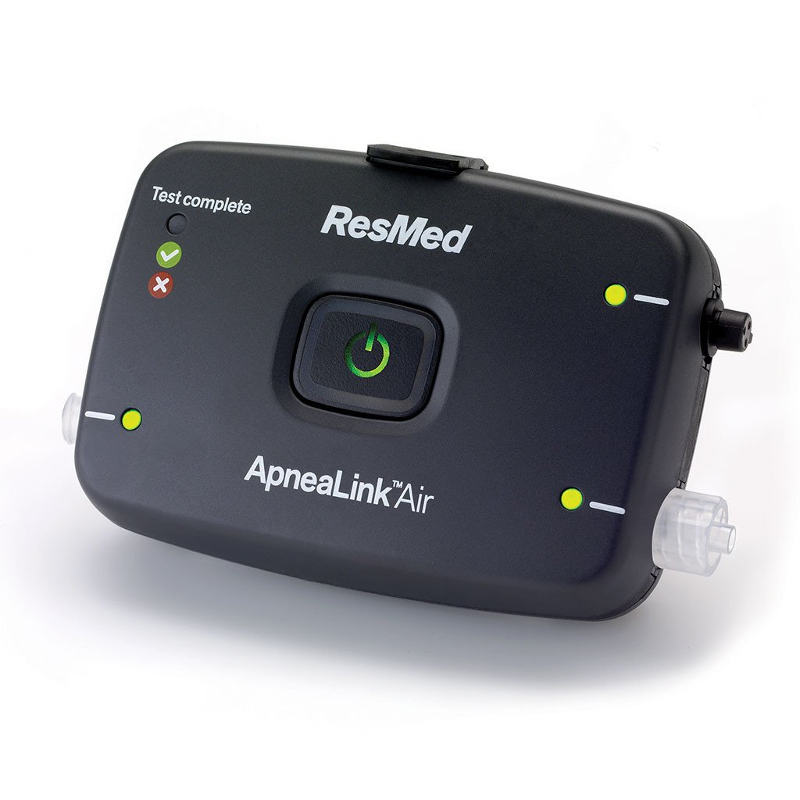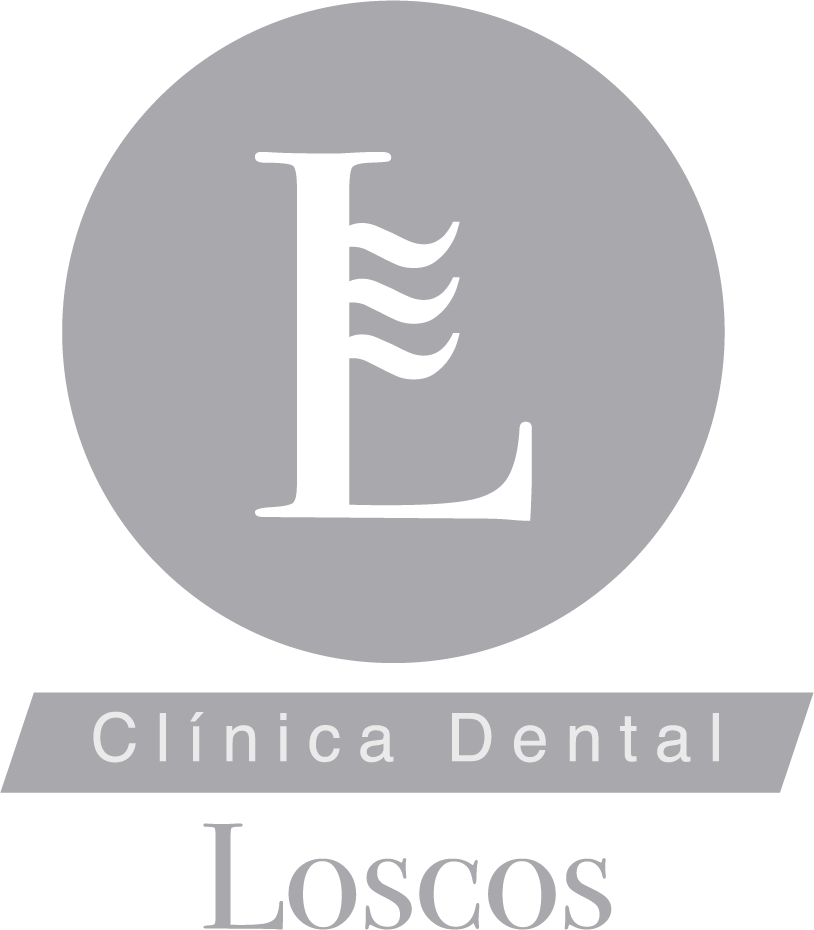Roncopathy / Sleep apnea
What is sleep apnea?
During the sleep period, the muscles that are responsible for keeping the airway permeable suffer a relaxation, the passage of air at the level of the pharynx becomes difficult and as a consequence the soft tissues vibrate giving rise to the snoring.
Many times a lack of airflow causes a drop in oxygen levels in the blood and the brain is alerted by this decrease producing sleep interruptions.
This is sleep apnea, a more advanced step of snoring, and that, depending on how many apneas occur at the time, it can be mild, moderate or severe.
What effects can it have on the body?
As a consequence of oxygen deficiency, it leads to the appearance of a series of symptoms and effects such as: generalized tiredness, hypersomnolence, depression, even generate hypertension, infarction, thrombus embolism, anxiety, problems of attention or concentration, irritability, fibromyalgia, gastric reflux, muscle aches, fatigue, weight gain, snoring, impotence, diabetes or depression.
Hypersomnolence, memory loss or alterations in mood can affect the personal, social and occupational life of the sufferer, without forgetting the risk of suffering a traffic or work accident, as it is more possible to fall asleep while drive a vehicle
A solution to treat sleep apnea
The mandibular advancement medical devices (DMAM) are intraoral devices specially indicated for the treatment of snoring and sleep apnea.
Loscos Dental Clinic is one of the few dental clinics in Zaragoza and Aragon that has the necessary certification to perform the treatment properly with this type of device.
What does it consist on?
These devices act during the night, facilitating the passage of air, thus eliminating snoring and improving sleep apnea.
Diagnóstico: polígrafo respiratorio
En Clínica Loscos contamos con un polígrafo respiratorio gracias al cual podemos hacer un preciso diagnóstico de la Roncopatía y Apnea de Sueño de manera sencilla y cómoda para el paciente. Es un dispositivo pequeño, de fácil uso, validado científicamente y cuenta con el certificado CE.
Con él podemos registrar:
- Flujo y esfuerzo respiratorio.
- Número de ronquidos y apneas.
- Saturación de oxígeno.
- Pulsaciones por minuto.
- Posición en la que duerme el paciente.
Con ello contaremos con un informe muy completo y detallado para poder elaborar un diagnóstico sin necesidad de desplazar al paciente a la unidad del sueño en el hospital, ya que la prueba se hace por la noche en su propio domicilio.

Nuestro polígrafo respiratorio está validado científicamente, entre sus características más importantes encontramos:
- Sus resultados concuerdan con la Polisomnografía completa en el 89% de los casos. Es decir, la capacidad diagnóstica o precisión es similar a una Unidad de Sueño Hospitalaria (PSG) completa.
- Económicamente es 3 veces más eficiente que la PSG completa.
- Reduce costes y tiempos de espera.
- Útil para descartar o confirmar Síndrome de Apnea del Sueño. Debido a su sensibilidad y especificidad es un buen instrumento de diagnóstico en trastornos respiratorios del sueño.
- Debe ser supervisado por un médico con la certificación en Medicina del Sueño
- Indicado para monitorizar la respuesta al tratamiento con presión positiva
- Abre el diagnóstico a centros acreditados que no disponen de PSG completa.
- En 21 países europeos es útil como diagnóstico, elección de tratamiento y seguimiento.
Los resultados serán estudiados e informados por un neumólogo especialista en trastornos del sueño que indicará el tratamiento más oportuno.
Comprueba tu somnolencia gracias al Test Epwort, un sencillo test que puede ser de ayuda en el diagnóstico de trastornos del sueño.
Hacer el testMechanism of action
The mandibular advancement device is based on a controlled and comfortable advancement of the jaw during its use. It can be regulated easily.
Made to measure for the patient
It is made to measure, which guarantees a perfect adaptation to each patient (depending on the characteristics of their teeth and mouth). In addition, its design is ergonomic and comfortable.
It offers total mobility
Laterality, opening and controlled millimeter advance. It allows during its use to perform all kinds of movements of the mouth, and functions such as talking, drinking, coughing, without too many limitations. It is comfortable and user friendly.
Multiple solution for different problems
It provides a multiple solution to various problems such as snoring, OSAS (obstructive sleep apnea syndrome), occlusal pathology …
It is a medical treatment for these pathologies that also improves other aspects of the patient’s health.
Produces adequate breathing and improves night rest (decreasing the patient’s feeling of fatigue during the day).
Clinically proven
Subjected to rigorous tests under the control of professional specialists in Sleep Medicine.
As it is not a surgical treatment it is reversible and more accepted by the patient compared to other treatments.
ISO Certificate
It has the ISO 13485 and CE certifications, which guarantee a more efficient management.
How does it work?
This device gives the patient full freedom to move the mouth thanks to the opening, laterality and millimeter advance.
It consists of two splints joined together through a system of adjustment adjustable millimeter, allowing a controlled and comfortable overtaking of the jaw by increasing muscle tone at the level of the airway.
In this simple way, the passage of air is facilitated, eliminating snoring and improving episodes of apnea that result in a marked improvement in the quality of life of patients.
Clinical effects
Guarantees the remission of symptoms from the first day.
The DMAM device modifies the permeability of the upper airway during sleep, improving it by enlarging the caliber and / or by decreasing the collapsibility (for example, it improves the muscle tone of the upper airway).
The ability to extend the VAS at various points has been demonstrated, both on the soft palate and at the base of the tongue.
There is a predominant enlargement of the lateral of the VAS, but expansion in the anterior-posterior region has also been observed. In this way, the language gains more space and moves forward. Pharyngeal collapse disappears and critical pressure decreases.
Several studies support the good result of the treatment
- 94% Patients tolerate the splint without problems.
- 91% Patients wear the splint all night.
- 90% of cases improve the Apnea-Hypopnea Index.
- 89% treated patients improve the Apnea-Hypopnea Index below 10.


